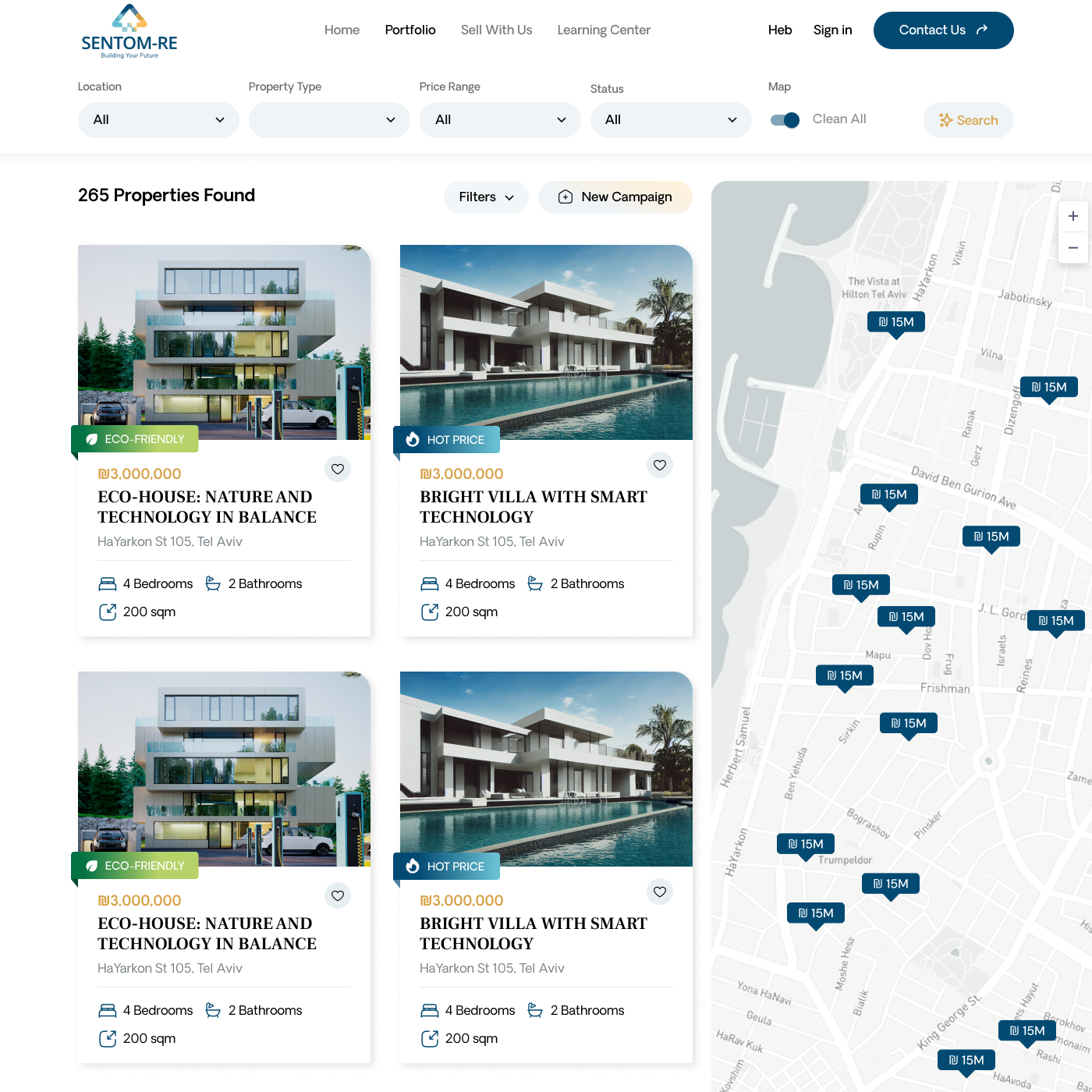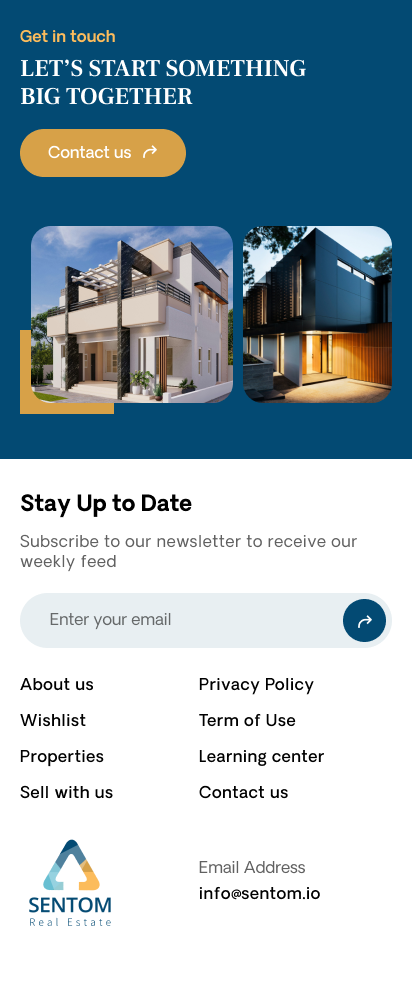UX Consulting for a Luxury Real Estate Marketplace
Consulted on the UX of a mobile-first real estate platform for Israeli buyers, helping resolve major UX and cultural misalignments between Israeli stakeholders and a Belarusian design and dev team. Resulted in a more intuitive, responsive, and locally resonant experience.
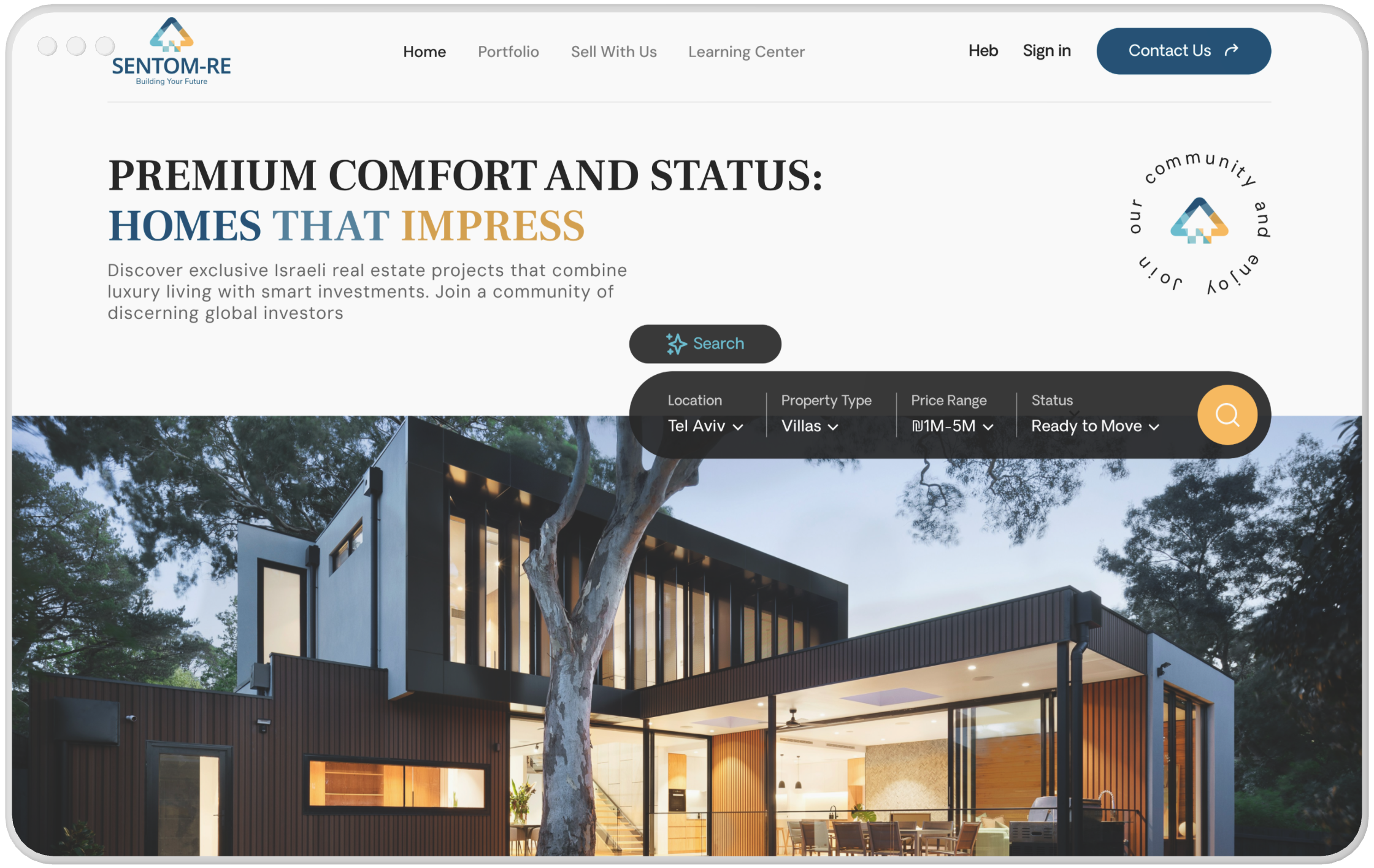
The client needed an intuitive property search experience that reflected Israeli user expectations while coordinating with a non-Israeli development team. We faced several UX and collaboration challenges:

The project focused on two main user groups:

I’m not interested in seeing everything on the market—only exceptional properties.

My clients expect perfection. I need a platform that conveys exclusivity and sophistication.

Finding Problems and Suggesting Solutions
I collaborated with an Israeli product and project manager and a Belarusian design and dev team. My role involved:
With the foundational challenges identified, the next phase focused on refining the product through design evaluation and iteration.
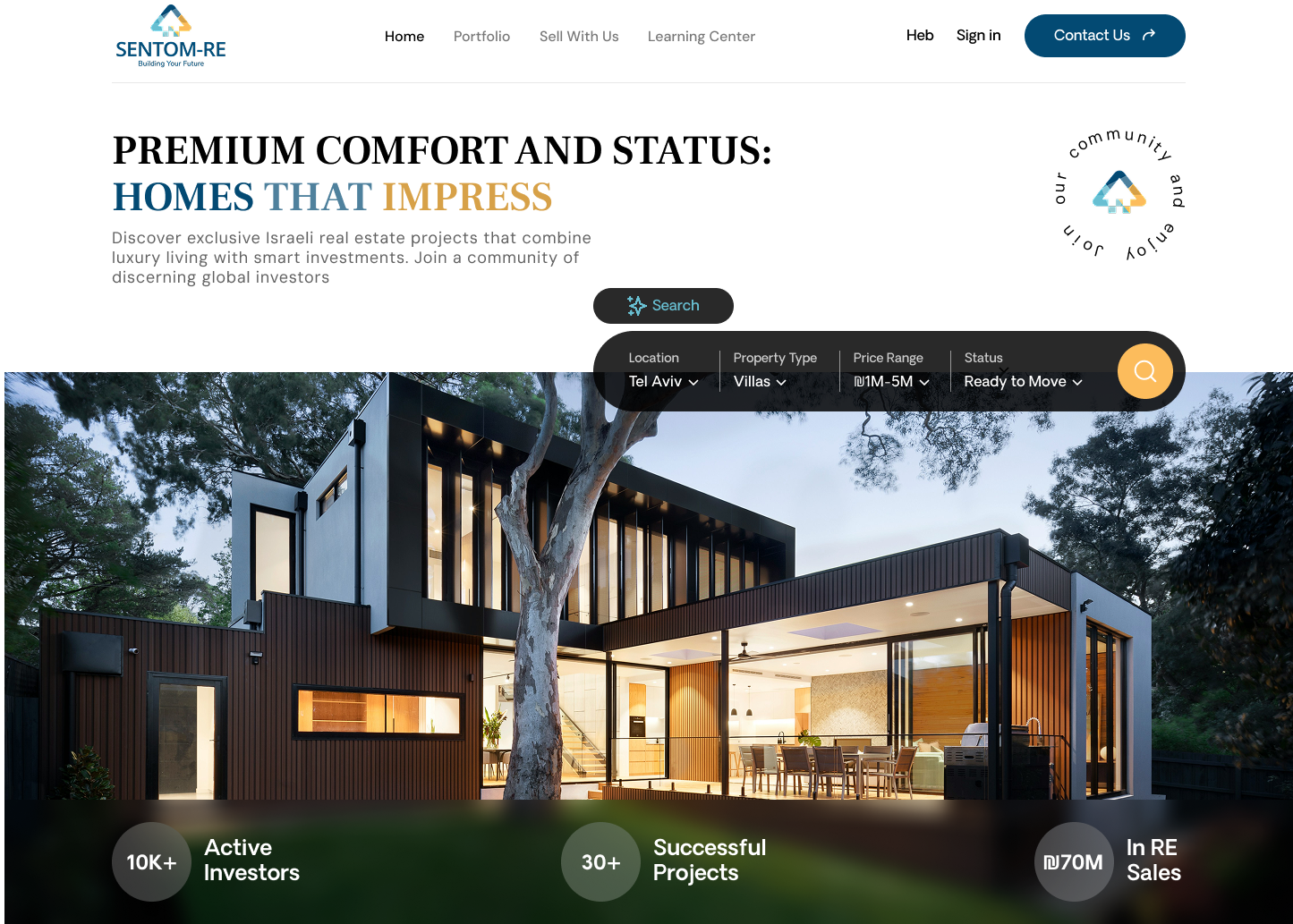
We explored alternative designs for key interface components, balancing the needs of different user types. The chosen direction prioritized an accessible search experience for returning users, while still incorporating marketing elements and social proof to support new user engagement.
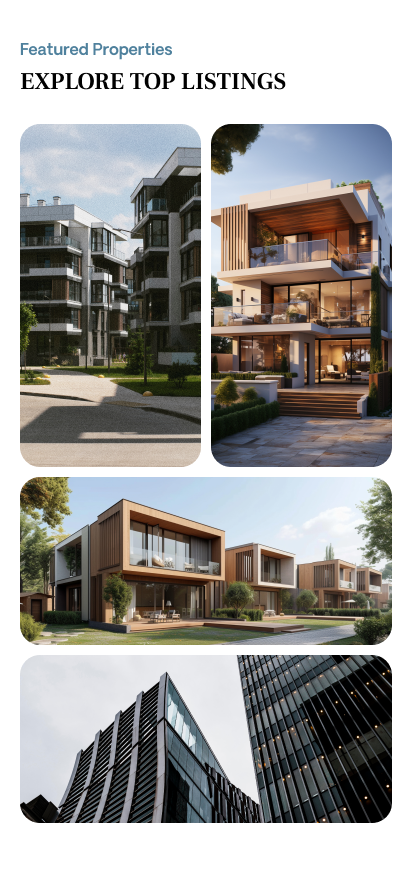
Ongoing iterations focused on usability, visual cohesion, and cross-device performance. Mobile responsiveness was prioritized to meet client requirements, and visual consistency across site sections was improved to minimize discrepancies between evolving design versions.
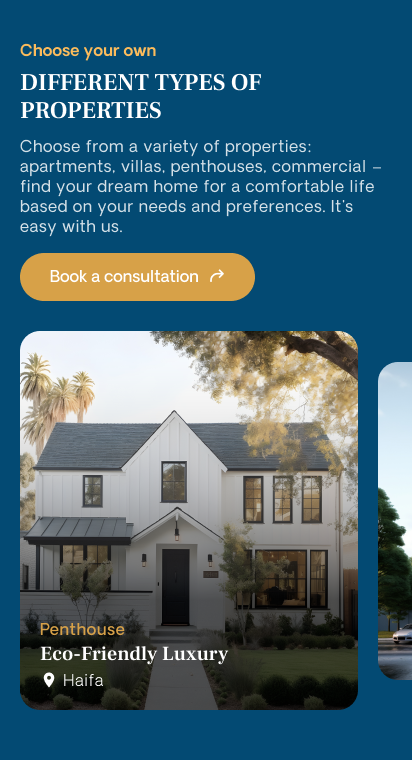
Adapting the product for a Hebrew-speaking audience required careful cultural adjustments. I translated abstract client concerns into concrete design actions—refining typography, fixing layout mirroring, and ensuring the final Hebrew version matched the tone and structure of the English original.
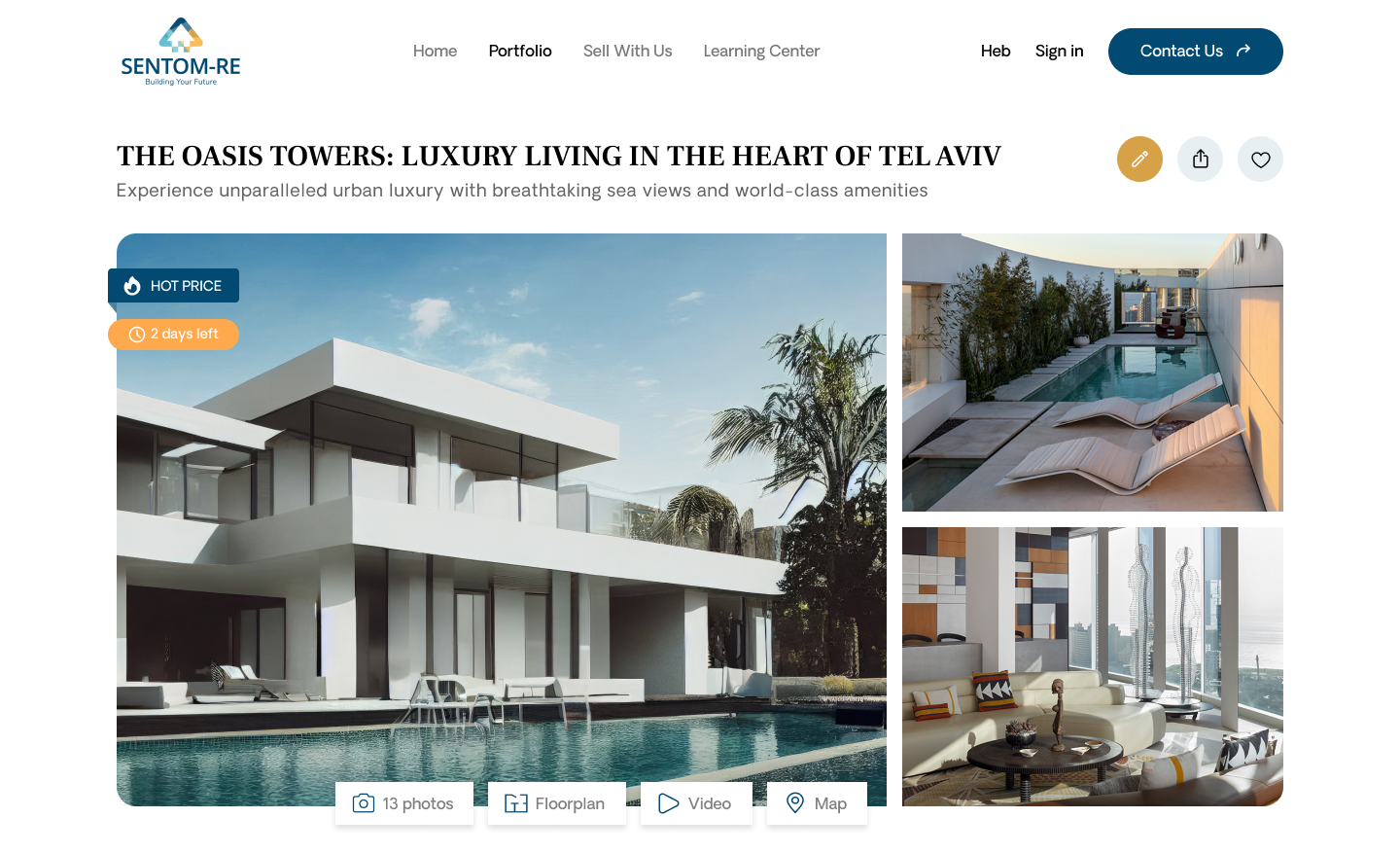
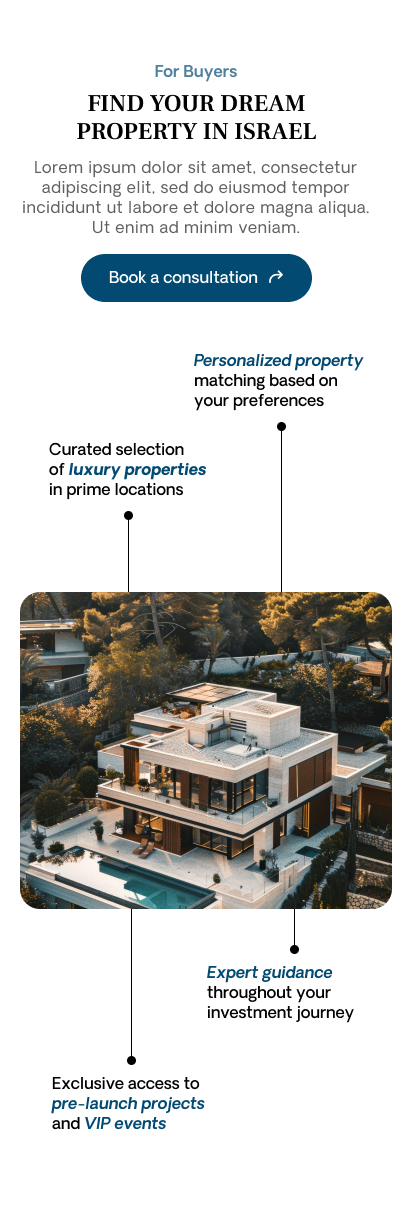
Thorough QA was conducted on each version, focusing on functionality, responsiveness, and language accuracy. Particular care was taken to test cross-browser behavior and RTL layout integrity in Hebrew, ensuring a consistent and professional experience across all platforms.
